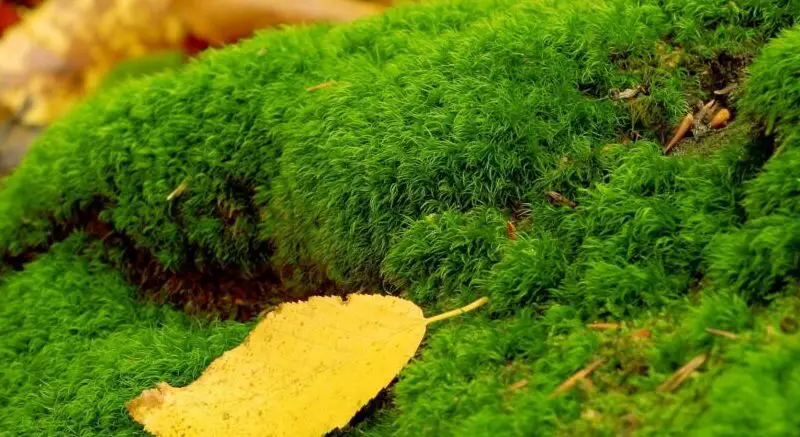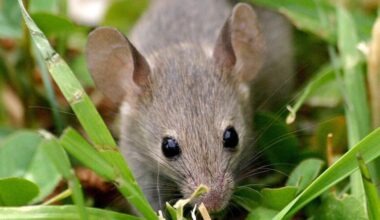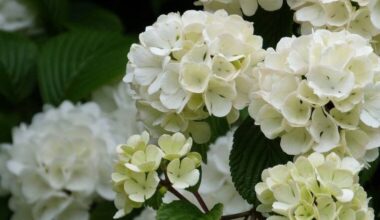It’s trendy, the mosses invite themselves to the garden! Plants looking like mosses make timid appearances in gardens. It is out of the question to make whole gardens out of them, but you can perfectly use them in a punctual way, or associate them with the right plants.
Here are 9 plants to install in a soil with moss. The mosses make it possible to form pretty carpets or green cushions more or less bright, flowered or not.
Contents
9 plants to put next to the moss
1. Astilbes
With its nicely cut foliage and feathery bouquets of flowers, the astilbe is best enjoyed in the mid-shade where it will bloom very generously. And if you want to move it to a sunnier spot, water it enough so that it never runs out of water.
2. Fuchsias
True star of the shade, the fuchsia is the ideal plant to give color to your least lit corners. Small more: its bloom will be of any beauty from spring to autumn. For the biggest happiness of your garden…
3. Begonias
Flower with tuberized stump, the tuberous begonia likes in the shaded beds but also in pot or raised bed to embellish terrace and balcony. If the other flowers do not cease speaking about love and romance, in the language of flowers, the begonia is as for him the symbol of cordiality and friendship.
4. Hydrangeas
The hydrangea macrophylla, more commonly known as hydrangea, also likes shady and windy gardens. If you have a totally shady spot, prefer varieties such as macrophyllas, petioralis, asperas or arborescens. The hydrangeas quercifolia or paniculata tolerate the sun a little better.
5. Cyclamen of Naples
Cyclamen of Naples are hardy perennial plants. Its large tubers with pink flowers will enjoy the shade of your tall trees. Their flowers point the tip of their nose at the beginning of August to bloom your outdoor until October.
6. Pachysandra
Pachysandra has long been used in large country gardens and was successful in city gardens in England and Belgium before being adopted in France.
Its adaptation to shady situations is put to good use wherever light is lacking, but above all its low ground level requirements give it a serious advantage over many other ground covering species.
7. Astrance
Its small star-shaped flowers of delicate beauty evoke crystal, but don’t be fooled: the astrance is rustic and robust, it is a mountain dweller who fears only drought and spontaneously replenishes itself.
Very fashionable plant these last years, the astrance is appreciated for its long summer bloom and its original inflorescences which bring a wild note in the shaded gardens.
8. Lamier
The lamiers are flowering plants for undergrowth ground cover par excellence. With colorful foliage, they brighten up dark corners.
The botanical particularity is their double-colored double-lipped flower. The stems are quadrangular and creeping, the leaves are predominantly semi-persistent or deciduous in cold climates.
9. Aralia
Aralia likes light, always fresh soil. In too rich soil, it produces fine, fragile branches that are more sensitive to severe frosts.
Avoid planting it in areas that are too exposed to the wind so that its large leaves don’t turn into shreds. It prefers mild regions with a cool and humid climate.
Why does foam take root?
After a tree plantation, when the lawn reigned supreme, it is quickly dethroned as the branches grow in shade. The same normal phenomenon is found at the foot of trees in a forest.
Not only do grasses disappear (except for sedges), shrubs deprived of light also die to be replaced by vegetation adapted to shade.
It is useless to try to grow grass at all costs with “anti-moss” or grass fertilizer.
The advantages of moss in the garden
- It is content with very little light and a compact ground that is trampled.
- It attracts many birds that use it to make their nests, especially chickadees, goldfinches, wrens, blackbirds, sparrows, robins, reds, etc..
- The moss on the tree trunks shelters parasites but at the same time it also provides cover for predators.
- It protects the bark from bad weather (frost or hail).
- It covers old stones exposed to the shade. It creates a harmonious link between the natural and the artificial such as a block of cement.
- It withstands long periods of dryness and grows back as soon as humidity increases.
The disadvantages of moss in the garden
- The cleaning of moss on roofs is necessary because it promotes water leakage and deteriorates the tiles.
- It can clog gutters and downspouts.
Summary
The foam appreciates humid and shady situations. Therefore, if you wish to install plants next to this moss, you will have to choose them according to their resistance, so we present you 9 plants, which like dark and humid places, similar to a bathroom.









